Landscaping, Accenting with Garden Stones
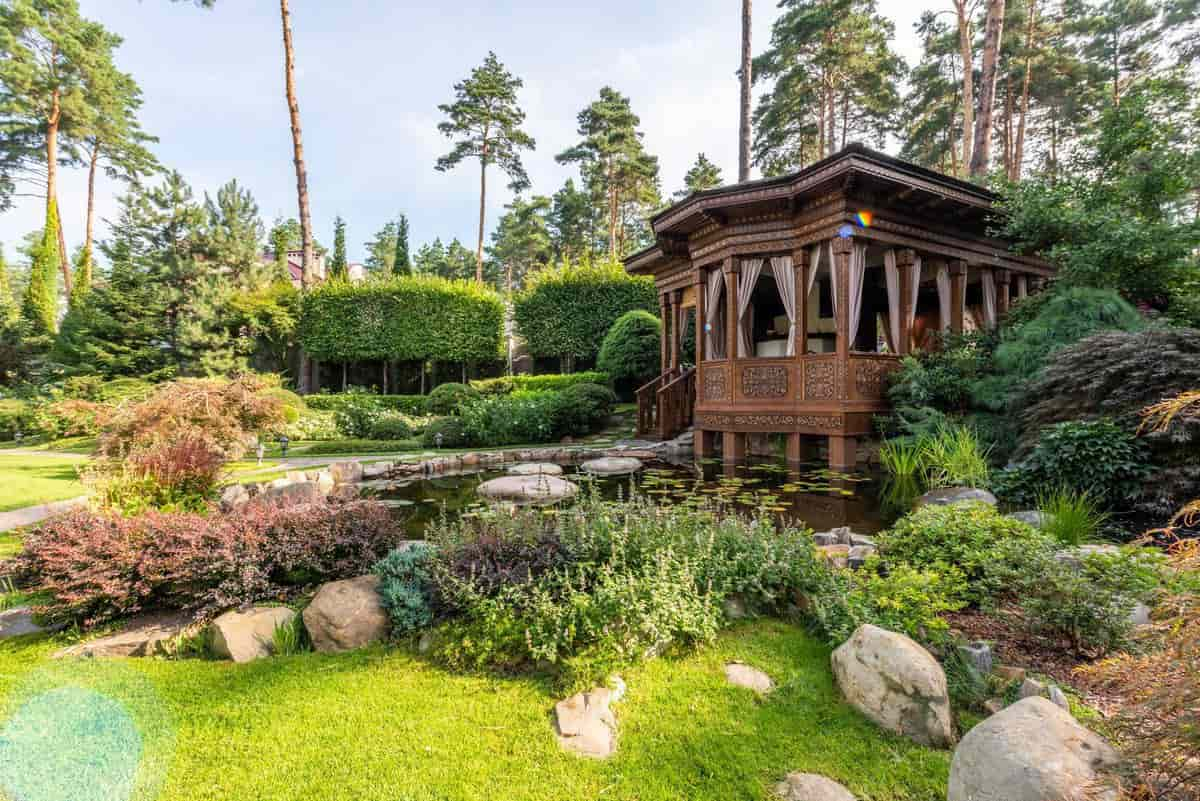
Garden stones may be used in a variety of landscaping applications. Each variety of garden stone provides fresh creative opportunities. We have acquaintances who bring stones home in their carry-on luggage, to mention a few, from Scotland, Central and South America, South Africa, and numerous areas in the great Canadian Shield. Use different types of rock or stone to improve your garden environment.
This article is complementary to using garden bricks for landscaping.
Table of contents
- How To Recognize Different Types Of Garden Stone & Rock Products
- Add Shape, Texture, Function & Interest with Decorative Garden Stones
- Paving Does Not Have To Be Entirely Uniform
- Shaped Stone Adds Contrast In A Natural Setting
- Rock Provides an Artistic Medium
- Mix & Match To Create A Decorative Pathway
- Tips For Successfully Using Garden Stones
- Surface Your Pathways With Good-Looking, Durable Stone
- Using Stone In Your Landscaping Projects
- Adorn Your Garden With A Wide Variety Of Rock Features
- Stone Is A Natural Addition To A Water Feature
- Stone Hardscape Is The Safe Choice For Fire Features
- Your Hardscape Materials Frame & Define Your Garden Setting
How To Recognize Different Types Of Garden Stone & Rock Products
The primary consideration in identifying the various types of stone used for hardscape in gardens is size. Texture is also important in determining. Here are some of the most frequent pebbles and stones you will come across:
- Gravel is a coarse stone that comes in a range of sizes. Generally composed of big rock fragments fragmented into smaller ones.
- Pebbles, natural stones, and garden stones with a diameter of around 2.5 inches.
- Personalized or custom etched stones
- Natural rocks at the other end of the range are boulders or glacier boulders. Typically used to build low walls or garden borders beside paths. Larger examples are occasionally employed as artistic accents. Boulders have a diameter of 10″ or more.
- Cobblestones are manmade stones that are generally consistent in size and shape and range in size from 2.5 to 10 inches. Cobblestones with a reasonably rounded surface add aesthetic appeal as well as a somewhat uneven walkway surface.
- Paddle stones are used to create a smoother surface and are manufactured in the same dimensions as cobblestones. Garden carts and other wheeled conveyances find it easier to navigate when the surface is level.
Add Shape, Texture, Function & Interest with Decorative Garden Stones
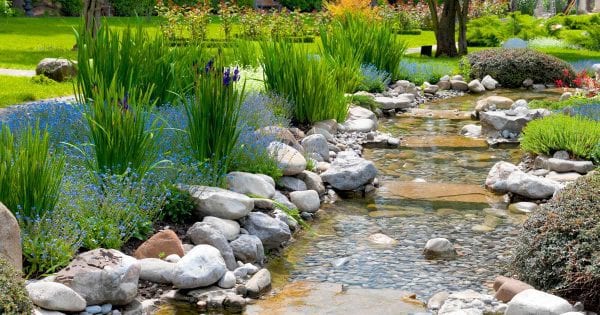
Natural stones for gardens have a delicate, rounded shape resulting from natural friction and long-term contact with moving water in oceans, lakes, rivers, or streams. They make fantastic, beautiful garden stones if picked correctly, especially if they have colour bands in them. Manufactured stone is frequently made to resemble real stone in appearance. Many man-made stones today have a very appealing and naturalistic aspect, to predetermined sizes, simplifying placement.
Paving Does Not Have To Be Entirely Uniform
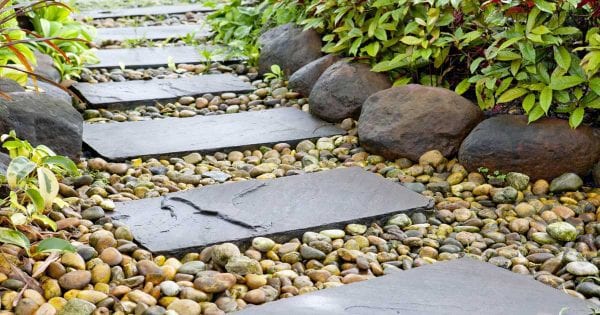
When constructing a stone-paved pathway, experiment with a little mix-and-match. Paving stones are available in a broad range of colours, textures, sizes, and forms. With careful selection and placement, you may construct a one-of-a-kind work of art. For aesthetic and textural interest, blend pavers with smaller natural rocks and pebbles. Pavers can be slightly wider-set, with pebbles and gravel interspersed between them.
Here are ideas on using bricks to brighten your garden.
Shaped Stone Adds Contrast In A Natural Setting
Garden stepping stones made of granite or other durable stone are ideal for locations where the ground is spongy. Not only are they useful, but their hard, clean surface contrasts well with the soft, luxuriant flora and mosses that thrive in harsher environments.
Rock Provides an Artistic Medium
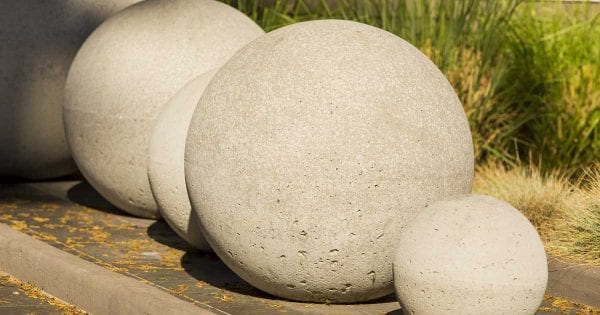
Be creative when designing a garden using stone. For example, if you’ve always wanted a water feature but dislike wasting water, why not build a dry creek bed instead? By constructing a dry stream bed out of a variety of naturally rounded stones, you may create the illusion of a waterway running beneath a deck or bridge. Plants should be placed in important focus areas to enhance the overall image. This creative approach to a rock garden may bring a lot of interest to your location.
Mix & Match To Create A Decorative Pathway

Using cobbles of varying sizes, you can easily build a simple yet gorgeous walkway. Alternatively, you might lay specifically picked stones in a pre-designed arrangement to make a very well planned cobblestone route. Pebbles and cobblestones are classic materials for making useful, long-lasting, and aesthetically pleasing garden walkways. Cobblestones come in a broad range of colours, sizes, and textures, allowing for the creation of some really beautiful and complicated designs. Decorative garden stones can be used to enhance a design.
Tips For Successfully Using Garden Stones
In previous centuries, natural stones were hand-laid in a substrate of firm clay or in a mixture of gravel, sand and clay. Nowadays, natural or man-made stone is laid on a hard basis (with stone dust as an example) and optionally secured with concrete. This method produces better and longer-lasting results. When laying stones, remove weeds and vegetation from the area, ensure it is smooth and level, and create a landscape barrier to prevent weed growth between your stones. Weed barrier fabric is an excellent choice because it keeps weeds out, but it allows water to pass through.
Surface Your Pathways With Good-Looking, Durable Stone

Gravel and pebbles make a good route surface, but choose the tiny, finely grained kind. Larger gravel or stones provide a rough, unpleasant walking surface that may be dangerous.
Paddle-stones and cobblestones are also good alternatives for route building. Attractive, they provide a smooth, dependable walking surface when installed correctly.
Cobblestones require proper installation. Note that they are bumpy and can be difficult to walk on. In fact, they are sometimes purposely laid out in a way to deter access.
Using Stone In Your Landscaping Projects
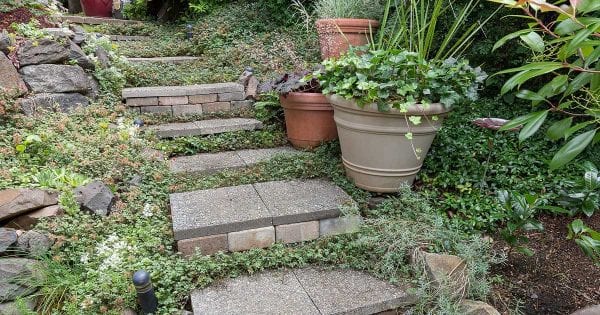
Landscaping stones are wise choices in hardscaping. They are readily available and provide tremendous value for your dollar. These stones are easy to install, and once the installation is completed, they require little or no maintenance. The stone is the perfect counterpoint for plantings or to create focal points in either man-made or natural settings. You may be surprised to know that gravel, cobblestone or pebbles can be excellent ground cover. All are amazingly low-maintenance and naturally need no water. These attractive choices are equally at home in very traditional and very avant-garde settings.
Related Reading: Gazania plants (Treasure Flowers) make colorful rock garden additions.
In addition to creating a good looking ground cover, pebbles and rocks can make a nice, natural mulch. They protect plant roots and retain moisture efficiently while allowing air to circulate. This is especially valuable in combination with plants that tend to suffer from root rot (e.g. Ice Plant). It’s no wonder that so many people are choosing to use stone as a ground cover in the place of grass or other water hungry, high maintenance choices.
Consider balancing the look of your manufactured stones with natural decorative garden stones.
Adorn Your Garden With A Wide Variety Of Rock Features
Aside from laying stone, there are a variety of intriguing methods to use it for garden construction. You might, for example, construct walls out of bigger stones or collections of smaller stones and pebbles trapped within gabion cages. These are cage-like wire constructions that may be filled with stone. Every cage forms a solid block of pebbles, tiny stones, or gravel. This technology facilitates the construction of enormous buildings out of little stones. This is a great concept for both ornamental and useful elements like retaining walls.
Stone Is A Natural Addition To A Water Feature
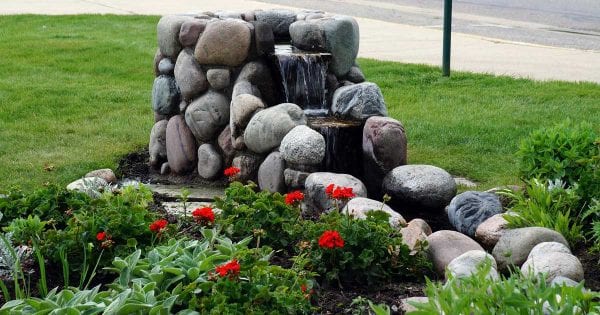
Rock is gorgeous and intriguing on its own, but when utilised in a water feature, its real texture and colour emerge.
Paddle stones are ideal for a stunning, natural pool or poolside scene. Because they come in a range of neutral hues, you may use them to create delicate, natural mosaics and motifs.
Cobbles look great in water features as well. These beautiful stones, when used as the base of a fountain or pond, provide texture and depth to the design. It is simple to locate cobbles in sizes that complement even the smallest water features.
Stone Hardscape Is The Safe Choice For Fire Features
Nothing beats a natural stone fireplace or fire pit. It’s a good idea to construct the fire feature with bigger cobbles, paddle stones, or boulders. In the surrounding region, use smaller stones or gravel as a safe and carefree ground cover.
Your Hardscape Materials Frame & Define Your Garden Setting
Stones may be found in nearly any garden environment. Consider their uses as walls, centrepieces, accent stones, and walking surfaces. Stone is a basic, elegant, and functional garden element that may be found in Zen Gardens, Japanese Gardens, and Traditional English Gardens. The stone garden setting is a long-term investment. Stones are unrivalled in terms of cost-effectiveness in hardscape materials, and tend to be permanent once installed!